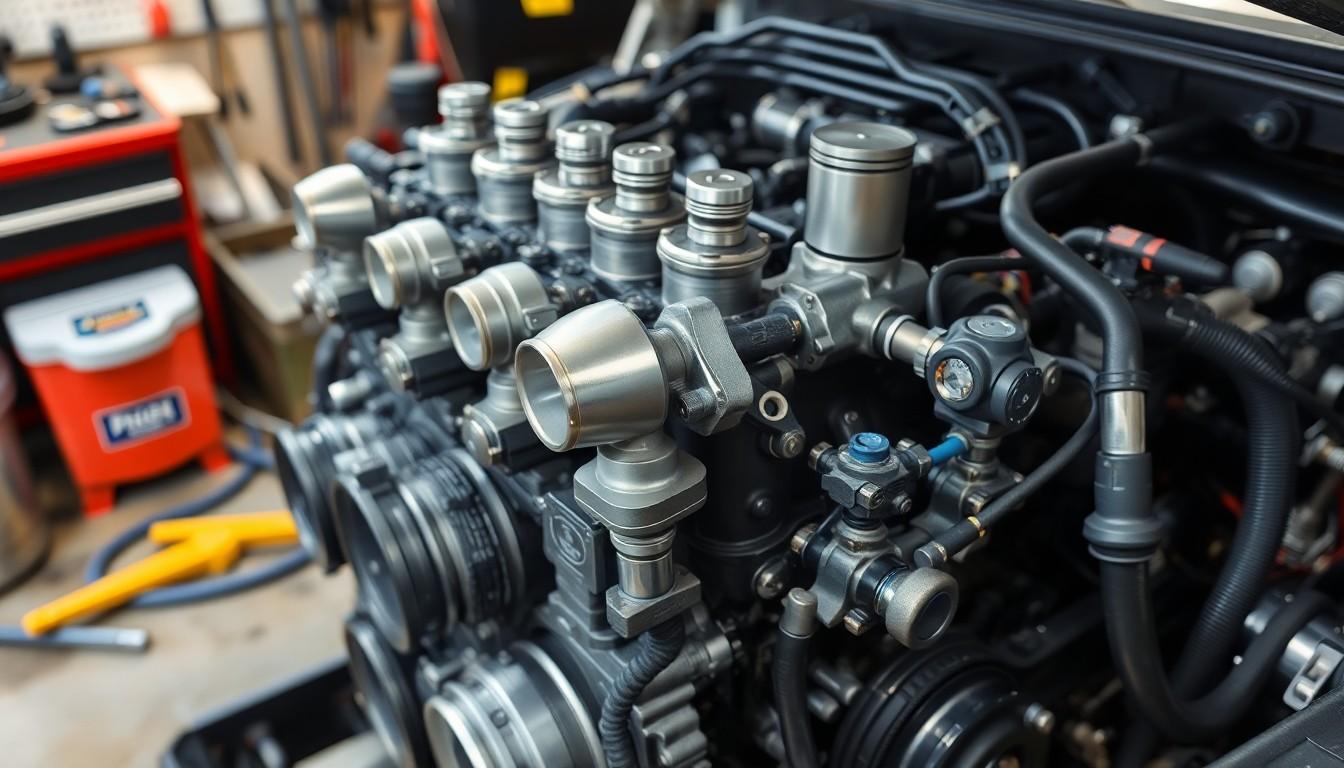When it comes to understanding your vehicle, knowing the most important parts of a car isn’t just helpful—it’s essential. We’ve all experienced that moment of panic when something goes wrong with our cars and we’re left wondering what exactly needs fixing.
In this comprehensive guide, we’ll break down the critical components that keep your vehicle running smoothly. From the engine that powers your journey to the brakes that ensure your safety, we’ll explore the parts that demand your attention and maintenance. Whether you’re a new car owner or looking to deepen your automotive knowledge, understanding these key elements will help you make informed decisions about maintenance, repairs, and even purchasing your next vehicle.
What Are the Most Important Parts of a Car
A car contains many components working together to keep you moving safely on the road. Understanding these critical parts helps with maintenance decisions and troubleshooting potential issues. Here’s a breakdown of the most crucial car components:
Engine
The engine serves as the heart of any vehicle, converting fuel into mechanical energy that powers the car’s movement. Most modern cars use internal combustion engines with several key components:
- Cylinder block: Houses the pistons and serves as the main structure
- Pistons: Move up and down to create power from combustion
- Crankshaft: Converts the pistons’ linear motion into rotational force
- Camshaft: Controls the opening and closing of intake and exhaust valves
- Fuel injection system: Delivers precise amounts of fuel to each cylinder
Regular oil changes and maintenance keep this complex system running smoothly and extend its lifespan considerably.
Transmission
The transmission transfers power from the engine to the wheels while allowing for different speed ratios. Cars typically feature either manual or automatic transmissions:
- Manual transmissions: Require driver operation of the clutch and gear selector
- Automatic transmissions: Change gears without driver input using hydraulic systems
- CVT (Continuously Variable Transmission): Provides seamless acceleration without distinct gear shifts
- Dual-clutch transmissions: Combine manual transmission efficiency with automatic convenience
Transmission fluid checks and periodic services prevent costly repairs and maintain smooth operation.
Braking System
The braking system provides crucial stopping power and requires immediate attention if any issues arise. Modern vehicles use hydraulic brake systems with these components:
- Brake pads: Create friction against the rotors to slow the wheels
- Rotors/discs: Spin with the wheels and provide a surface for brake pads
- Calipers: House the brake pads and apply pressure to them
- Master cylinder: Converts pedal pressure into hydraulic pressure
- Brake lines: Carry brake fluid throughout the system
Regular brake inspections ensure your vehicle can stop effectively in emergency situations.
Suspension System
The suspension system supports the vehicle’s weight, absorbs road shocks, and maintains wheel alignment. Key suspension components include:
- Shock absorbers: Dampen bounce and vibration
- Springs: Support vehicle weight and absorb impacts
- Control arms: Connect the suspension to the frame
- Sway bars: Reduce body roll during cornering
- Ball joints: Allow steering movement while supporting weight
A properly functioning suspension delivers comfort, handling precision, and extended tire life.
Steering System
The steering system translates driver input into directional changes. Modern vehicles typically use:
- Steering wheel: The driver interface
- Steering column: Connects the wheel to the steering mechanism
- Rack and pinion: Converts rotational motion to linear movement
- Power steering pump: Provides hydraulic assistance (in hydraulic systems)
- Electric motor: Provides assistance in electric power steering systems
Proper steering maintenance ensures responsive handling and driving safety.
Electrical System
The electrical system powers everything from starting the engine to operating entertainment features. Critical electrical components include:
- Battery: Stores electrical energy and provides power for starting
- Alternator: Generates electricity while the engine runs
- Starter motor: Initiates engine operation
- Fuses and relays: Protect circuits from damage
- Sensors: Monitor various systems and provide feedback
Regular battery checks and prompt attention to warning lights prevent unexpected breakdowns.
Fuel System
The fuel system stores and delivers fuel to the engine at the proper pressure and quantity. Main components include:
- Fuel tank: Stores gasoline or diesel
- Fuel pump: Pressurizes and delivers fuel to the engine
- Fuel injectors: Spray precise amounts of fuel into the combustion chamber
- Fuel filter: Removes contaminants from the fuel
- Fuel pressure regulator: Maintains optimal fuel pressure
Clean filters and quality fuel help maintain engine performance and efficiency.
The Engine: The Heart of Your Vehicle

The engine serves as the powerhouse of your car, converting fuel into energy that propels the vehicle forward. Modern vehicles typically use either internal combustion engines or electric motors as their primary power source.
How the Engine Functions
Internal combustion engines operate through a complex mechanical process involving several key components. Cylinders form the core chambers where fuel-air mixtures ignite, with their number and arrangement directly influencing performance and operational smoothness. Pistons move vertically inside these cylinders, transforming combustion pressure into mechanical energy. Connected to these pistons, the crankshaft converts this up-and-down motion into rotational force that eventually drives the wheels.
In gasoline engines, spark plugs create the electrical spark that ignites the fuel-air mixture within each cylinder. The camshaft controls the precise timing of intake and exhaust valves, ensuring the engine “breathes” correctly during each phase of the combustion cycle.
Electric vehicles function differently, relying on a rechargeable battery that stores electricity to power the electric motor. This motor transforms electrical energy into mechanical energy, delivering instant torque and exceptionally smooth acceleration without the multiple moving parts found in traditional engines.
Common Engine Types
Internal combustion engines generate power by igniting an air-fuel mixture and come in two primary varieties. Gasoline engines use spark plugs to ignite this mixture, offering higher RPM capabilities and smoother operation. Diesel engines, by contrast, compress air to extremely high pressures until the fuel spontaneously ignites when injected, providing greater torque and fuel efficiency at lower RPMs.
Electric engines use motors powered by rechargeable battery packs. These engines provide many advantages over their fuel-powered counterparts, including faster acceleration, quieter operation, and zero direct emissions. Electric motors deliver peak torque instantly, eliminating the need for complex transmission systems while offering a simpler mechanical design with fewer moving parts to maintain.
Transmission System: Converting Power to Motion
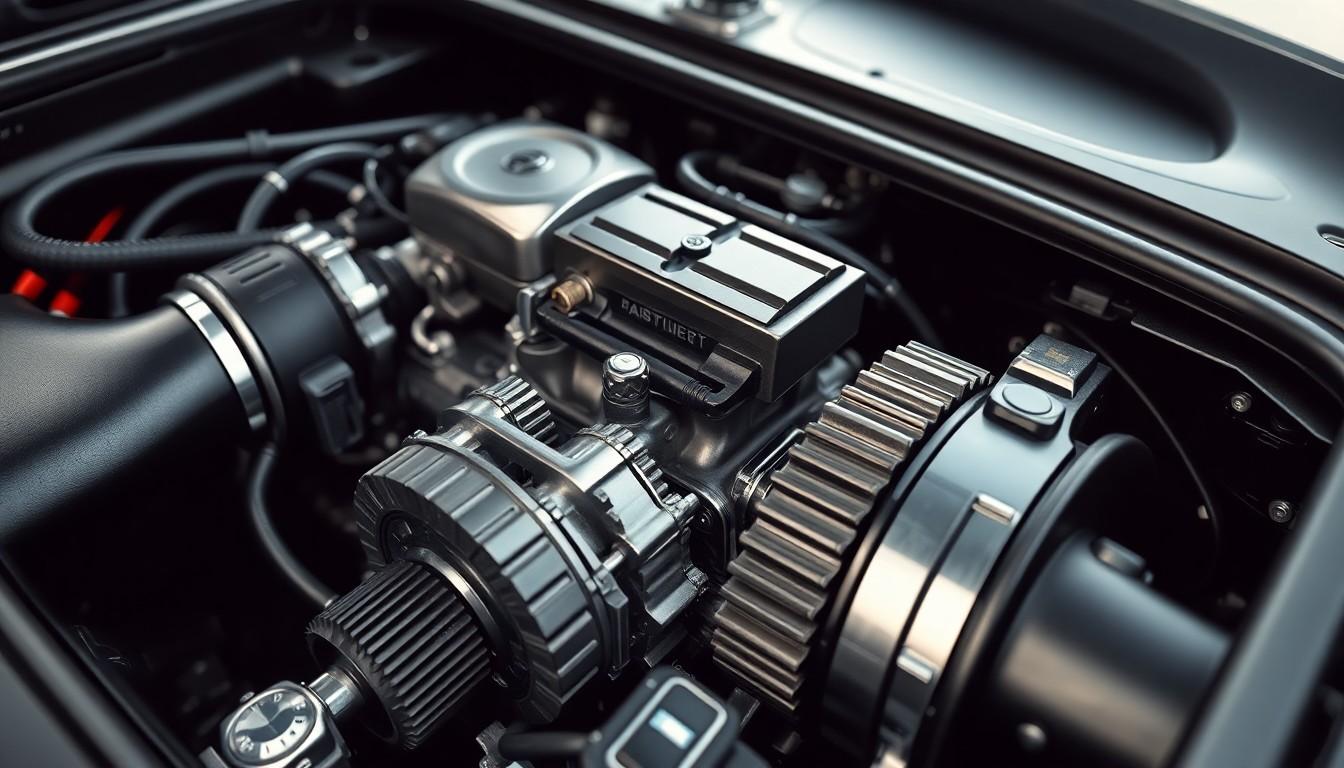
The transmission system transfers power from the engine to the wheels, allowing drivers to control speed and torque. It’s a complex mechanical assembly that serves as the critical link between the engine’s power generation and the vehicle’s actual movement on the road.
Manual vs. Automatic Transmissions
Manual transmissions require active driver participation through a clutch pedal and gear shifter. Drivers select the appropriate gear ratio based on speed and road conditions, physically captivating and disengaging the clutch to change gears. This transmission type offers greater control over the vehicle’s performance and typically delivers better fuel economy than its automatic counterparts.
Automatic transmissions shift gears without driver intervention, using a torque converter instead of a clutch. These systems monitor vehicle speed and engine load to select the optimal gear, creating a smoother driving experience especially in stop-and-go traffic. Modern automatic transmissions have evolved significantly, with some high-end models featuring 8-10 gears for improved efficiency.
Continuously Variable Transmissions (CVTs) represent an advanced automatic option that uses belts and pulleys rather than fixed gears. CVTs provide seamless acceleration by continuously adjusting the gear ratio, eliminating the distinctive shifting feeling found in traditional transmissions. This design optimizes engine performance at various speeds, contributing to improved fuel efficiency in many vehicle models.
Maintaining Your Transmission
Transmission maintenance directly impacts vehicle longevity and performance. Regular fluid checks form the foundation of proper transmission care, as low or contaminated fluid causes increased friction, overheating, and potential system failure. Transmission fluid should maintain a bright red color – if it appears brown or smells burnt, immediate replacement becomes necessary.
Filter replacement represents another essential maintenance task for transmissions with serviceable filters. These filters trap contaminants and prevent debris from circulating through the system, protecting sensitive components from premature wear. Many manufacturers recommend filter changes every 30,000-60,000 miles depending on driving conditions.
Temperature management plays a crucial role in transmission health. Extreme heat accelerates fluid breakdown and component wear, while cold temperatures can cause delayed engagement and sluggish performance. The cooling system must function properly to maintain optimal transmission operating temperature, especially during high-stress activities like towing or mountain driving.
Vehicle loading directly affects transmission performance and lifespan. Exceeding manufacturer-recommended weight limits places excessive strain on transmission components, particularly the clutches, bands, and planetary gear sets. Following towing guidelines and avoiding overloading helps prevent premature transmission wear and costly repairs.
Braking System: Essential for Safety
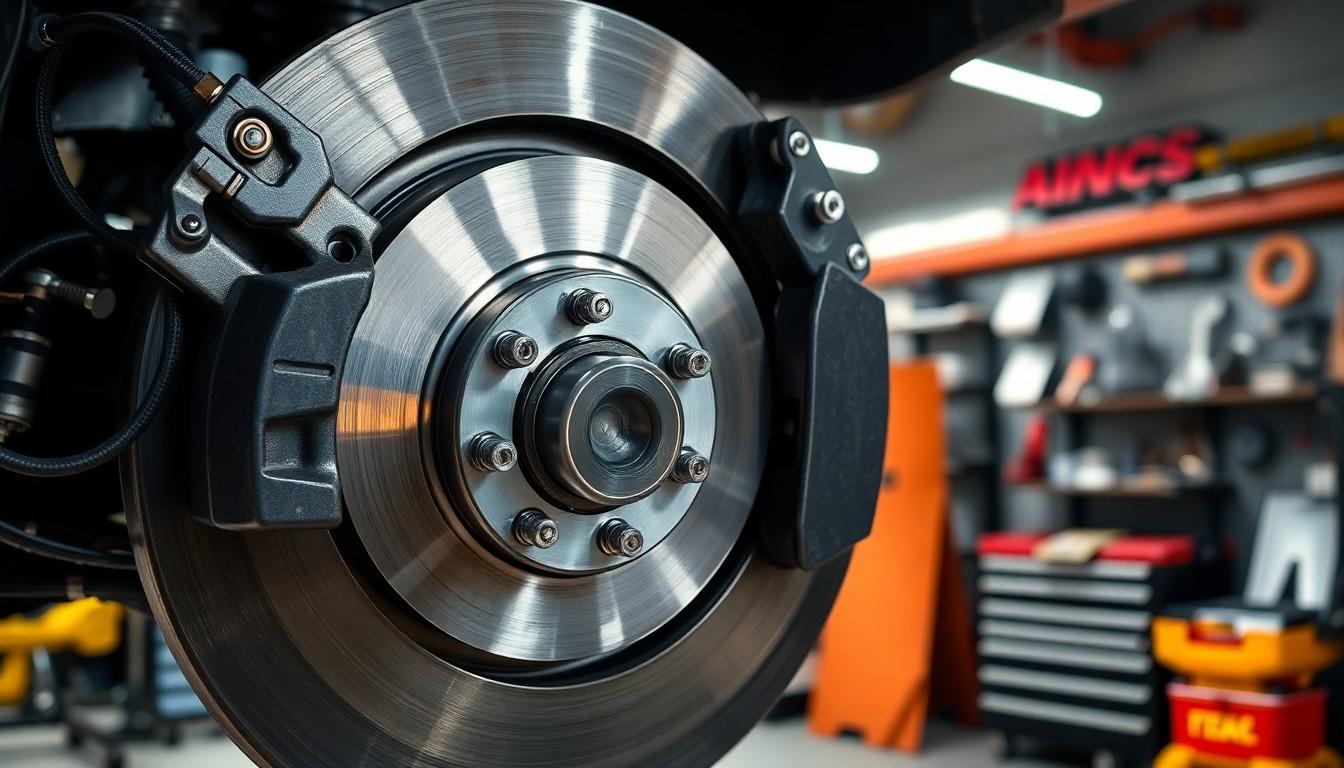
The braking system represents one of the most critical safety components in any vehicle. It’s responsible for slowing and stopping your car, making it fundamental for preventing accidents and ensuring passenger safety.
Components of the Braking System
Brake pads create the friction needed to stop your vehicle by pressing against the rotors when you apply the brake pedal. These pads wear down over time and typically require replacement every 30,000 to 70,000 miles depending on driving habits and conditions.
Brake rotors (or discs) are the metal components that rotate with the wheel until the brake pads clamp onto them to slow the vehicle. They’re commonly found on front wheels and increasingly on all four wheels in modern vehicles.
Brake drums function similarly to rotors but use a different mechanism where brake shoes press against the inside of the drum rather than clamping from outside. Many vehicles still use drum brakes on rear wheels due to their cost-effectiveness.
The master cylinder converts pressure from your foot on the brake pedal into hydraulic force that activates the entire braking system. This crucial component ensures consistent braking performance throughout the vehicle.
Brake fluid transfers the hydraulic pressure from the master cylinder to the individual wheel brakes. This specialized fluid doesn’t compress under pressure, allowing for immediate and reliable brake response.
Types of Brakes
Disc brakes offer superior stopping power and heat dissipation compared to other braking systems. They’re standard on front wheels of most vehicles and increasingly common on all four wheels, particularly in performance or luxury models.
Drum brakes use curved brake shoes that press outward against a rotating drum when activated. Though less efficient at heat dissipation than disc brakes, they’re often installed on rear wheels of economy vehicles due to their lower manufacturing cost and adequate performance for less demanding braking scenarios.
Anti-lock Braking Systems (ABS) prevent wheel lockup during emergency stops, maintaining steering control and reducing stopping distances on slippery surfaces. ABS accomplishes this by automatically pulsing the brakes when sensors detect impending wheel lockup.
Warning Signs of Brake Problems
Squealing or grinding noises indicate worn brake pads or rotors that need immediate attention. The squealing typically comes from wear indicators on brake pads, while grinding suggests metal-on-metal contact that can damage rotors.
A spongy brake pedal feels soft and requires more pressure than normal to engage the brakes fully. This symptom usually points to air in the brake lines or low brake fluid levels, both requiring prompt professional attention.
Vibrations during braking, especially felt through the steering wheel, signal warped brake rotors or uneven pad wear. These vibrations typically worsen as vehicle speed increases and can lead to longer stopping distances if not addressed.
Dashboard warning lights specifically for brakes should never be ignored as they indicate system malfunctions detected by onboard diagnostics. Modern vehicles monitor brake fluid levels, pad wear, and system pressure to alert drivers before catastrophic failures occur.
Pulling to one side when braking reveals uneven braking force between the right and left sides of the vehicle. This dangerous condition can result from stuck brake calipers, contaminated brake fluid, or uneven pad wear that compromises directional control during stops.
Suspension and Steering: Control and Comfort
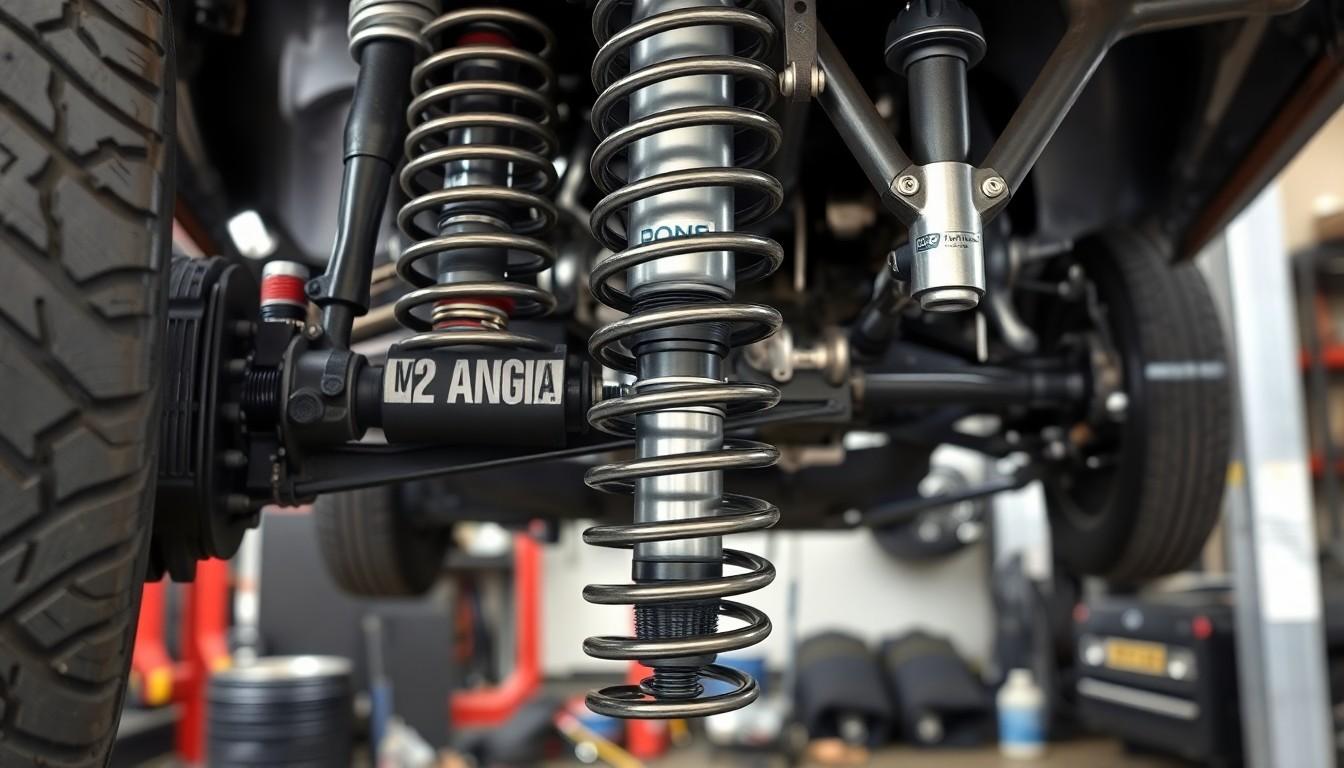
The suspension and steering systems work together to provide control, comfort, and safety while driving. These critical components ensure your vehicle stays stable on the road and responds accurately to your directional inputs, making them among the most important parts of any car.
Components of Suspension
The suspension system absorbs road irregularities and maintains vehicle stability through several key components. Sway bars (also called stabilizer bars) connect the left and right sides of the suspension, reducing body roll during cornering and keeping the vehicle level during turns. Ball joints function as crucial pivot points between the suspension and steering knuckle, enabling smooth movement when steering or driving over uneven terrain.
Springs and shock absorbers form the core of the suspension system. Springs—whether coil or leaf type—support the vehicle’s weight and absorb initial impacts, while shock absorbers dampen spring oscillations to prevent continuous bouncing after hitting bumps. Control arms connect the suspension to the vehicle’s frame, maintaining proper wheel alignment and allowing vertical wheel movement while keeping the wheels properly positioned.
Steering Mechanisms
Steering systems translate driver input into directional changes through precisely engineered components. The steering rack and pinion is the central mechanism that converts the turning motion of your steering wheel into the side-to-side movement that turns the front wheels. This system offers responsive and precise control, particularly at higher speeds where accuracy becomes more critical.
Tie rods connect the steering rack to the wheels via the steering knuckle, transmitting the force needed to turn the wheels in either direction. These components play a vital role in maintaining proper wheel alignment and predictable steering response. Worn tie rods often lead to uneven tire wear, poor alignment, and unpredictable handling characteristics that compromise safety.
Both suspension and steering systems require regular inspection and maintenance to perform optimally. Their combined function affects everything from ride comfort and handling precision to overall vehicle safety and tire longevity. Deterioration in either system can lead to compromised control, especially during emergency maneuvers or adverse weather conditions.
Electrical System: Powering Everything

The electrical system serves as the nervous system of your vehicle, connecting and powering various components that make modern driving possible. From starting the engine to powering your headlights and entertainment system, these electrical components work together to keep your car functioning properly.
Battery and Alternator
The battery functions as the primary power source in both conventional and electric vehicles. In traditional cars, it provides the initial surge of electricity needed to start the engine, while in electric vehicles, it stores the energy that drives the motor. Car batteries supply power to essential systems including the ignition, lighting, and all electronic accessories when the engine isn’t running. Without a functioning battery, your vehicle simply won’t start.
The alternator works alongside the battery, recharging it and powering electrical systems while the engine runs. This component converts mechanical energy from the engine into electrical energy through electromagnetic induction. The alternator ensures your battery maintains its charge during operation and supplies consistent power to all electrical components. Regular testing of both the battery and alternator helps prevent unexpected breakdowns and electrical system failures.
Essential Electrical Components
Spark plugs play a critical role in gasoline engines by igniting the fuel-air mixture inside the cylinders. These small but mighty components create the spark necessary for combustion, directly affecting engine performance, fuel efficiency, and emissions. Most vehicles require spark plug replacement every 30,000 to 100,000 miles, depending on the type.
The starter motor transforms electrical energy from the battery into mechanical force that turns over the engine during ignition. This component engages with the engine’s flywheel when you turn the key or press the start button. Proper functioning of the starter motor is essential for reliable vehicle starting in all conditions.
Electrical wiring connects all components in a complex network throughout your vehicle. These wires distribute power from the battery and alternator to various systems and are protected by fuses that prevent dangerous electrical overloads. The ignition coil generates the high voltage needed for spark plugs to create their spark, while many sensors and control modules—like the engine control module (ECM)—manage your car’s complex systems for optimal performance and efficiency.
Safety Features: Protecting Passengers
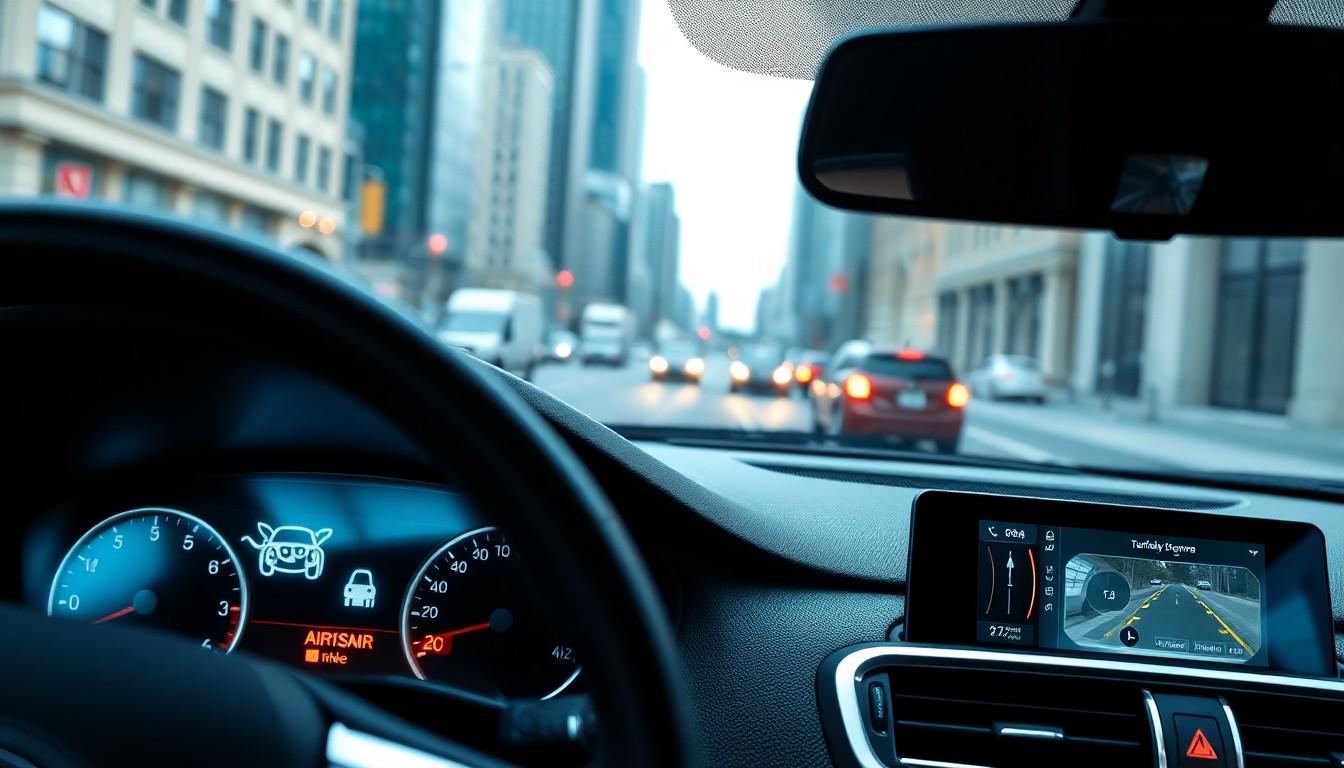
Car safety features are engineered to safeguard occupants and prevent accidents on the road. These systems fall into two main categories: passive safety systems that protect during a crash and active technologies that help prevent collisions from occurring in the first place.
Passive Safety Systems
Passive safety systems activate during a collision to minimize injuries and protect passengers. Airbags serve as mandatory safety equipment that deploys upon impact, cushioning occupants from severe trauma during accidents. Seat belts, required by law since 1968, significantly reduce fatality risks by restraining passengers during collisions and preventing them from becoming dangerous projectiles within the vehicle. Tire pressure monitoring systems alert drivers to underinflated tires that compromise vehicle stability and increase crash risks. Backup cameras, mandatory since 2018, enhance visibility by reducing blind spots, particularly when reversing out of parking spaces or driveways.
Active Safety Technologies
Active safety technologies work proactively to prevent accidents before they happen. Anti-Lock Braking Systems (ABS), required in all new vehicles since 2012, prevent tire lockup during hard braking situations, maintaining steering control when drivers need it most. Automatic Emergency Braking (AEB), mandatory as of 2022, detects potential collisions with stalled vehicles, pedestrians, and road debris, automatically applying brakes if drivers don’t respond in time. Electronic Stability Control (ESC) monitors multiple vehicle parameters like steering input and wheel speed, selectively braking individual wheels to keep the car on its intended path. Forward Collision Warning (FCW) employs sensors and cameras to track distances between vehicles, providing audio and visual alerts when collision risks increase. Adaptive Cruise Control paired with Lane Centering reduces driver workload by maintaining safe following distances and helping vehicles stay centered in their lanes. Blind Spot Warning and Rear Cross Traffic Warning systems alert drivers to vehicles in hard-to-see areas, significantly reducing side-impact and backing collision risks.
Conclusion
Understanding your car’s vital components is a powerful step toward becoming a more informed vehicle owner. From the engine that powers your journey to the brakes that keep you safe the knowledge we’ve shared empowers you to make better maintenance decisions and communicate effectively with mechanics.
Regular attention to these critical systems extends your vehicle’s lifespan while improving your driving experience and safety. Whether you’re maintaining your current vehicle or shopping for a new one this foundation of automotive knowledge serves as your roadmap.
Remember that modern vehicles are sophisticated machines requiring specialized care. By prioritizing maintenance for these essential components we’re not just preserving our cars but also protecting our investment and ensuring peace of mind on every drive.
Frequently Asked Questions
What are the most important parts of a car to understand?
The most crucial components to understand include the engine (the vehicle’s powerhouse), transmission (transfers power to wheels), braking system (provides stopping power), suspension system (ensures comfort and handling), steering system (controls direction), electrical system (powers components), and fuel system (delivers fuel to engine). Understanding these systems helps with maintenance decisions and troubleshooting problems.
How does a car engine work?
A car engine converts fuel into mechanical energy through combustion. In internal combustion engines, fuel mixes with air in cylinders where pistons compress it, and spark plugs ignite the mixture, creating explosions that move the pistons. This motion transfers to the crankshaft, generating rotational power that eventually reaches the wheels. Electric motors, by contrast, use electrical energy from batteries to create rotation without combustion.
What’s the difference between manual and automatic transmissions?
Manual transmissions require drivers to physically shift gears using a clutch pedal and gear stick. Automatic transmissions shift gears without driver input, using hydraulic systems to select appropriate gear ratios based on speed and throttle position. Automatic transmissions offer easier driving, especially in traffic, while manuals typically provide better fuel economy and more direct control over the vehicle’s performance.
How do I know when my brakes need service?
Warning signs include squealing or grinding noises when braking, a soft or spongy brake pedal, vibration during braking, pulling to one side when stopping, or an illuminated brake warning light on your dashboard. You should also have brakes inspected if stopping distances increase or if you notice brake fluid leaks. Regular brake inspections (approximately every 10,000-15,000 miles) help prevent costly repairs.
What does the suspension system do?
The suspension system connects your vehicle to its wheels, absorbing road irregularities for a smoother ride while maintaining optimal tire contact with the road. Components include springs, shock absorbers, struts, control arms, and sway bars. The system balances comfort and handling by controlling body roll during turns and reducing bounce after bumps, while also supporting vehicle weight and maintaining proper wheel alignment.
How important is the electrical system in modern cars?
The electrical system is critically important in modern vehicles, functioning as the car’s nervous system. It powers everything from engine ignition and starting to lights, infotainment, climate control, and safety features. The system consists of a battery (stores power), alternator (generates electricity while driving), starter motor, and complex wiring networks. As vehicles become more technologically advanced, the electrical system grows increasingly sophisticated and essential.
What are the most important car safety features?
Key safety features include passive systems like airbags, seat belts, and crumple zones that protect during accidents, and active technologies that help prevent collisions. Essential active safety features include Anti-lock Braking Systems (ABS), Electronic Stability Control (ESC), traction control, backup cameras, and blind-spot monitoring. Newer vehicles may also include automated emergency braking, lane departure warning, and adaptive cruise control for enhanced protection.
How often should I check my car’s fluids?
You should check engine oil monthly or before long trips. Coolant levels should be checked quarterly, especially before extreme weather seasons. Transmission fluid requires checking every 30,000-60,000 miles for automatic transmissions. Power steering, brake fluid, and windshield washer fluid should be checked quarterly. Always consult your owner’s manual for specific recommendations, as intervals vary by vehicle make and model.
What’s the difference between disc and drum brakes?
Disc brakes use calipers to squeeze pads against a rotor attached to the wheel, creating friction to stop the vehicle. Drum brakes have components housed inside a drum that rotates with the wheel, using internal shoes that press outward against the drum. Disc brakes dissipate heat better, provide stronger stopping power, and are easier to service, which is why they’re typically used on front wheels where braking forces are greatest.
How can I extend my car’s lifespan?
Follow the manufacturer’s maintenance schedule for oil changes, fluid checks, and part replacements. Don’t ignore warning lights or unusual noises. Practice gentle driving habits by avoiding rapid acceleration and hard braking. Keep your car clean to prevent rust and corrosion. Store your vehicle properly when not in use, preferably in a garage. Address small issues before they become major problems, and use quality parts and fluids for all maintenance.

